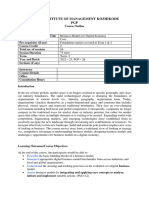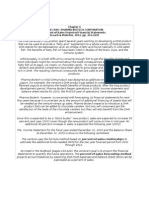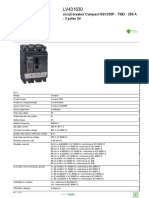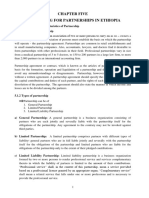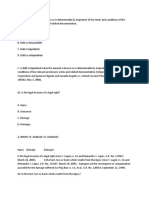0% found this document useful (0 votes)
53 views67 pagesFile Handling
The document provides an overview of file handling in Python, detailing the importance of storing data permanently using files and databases. It outlines the steps for opening, reading, writing, and closing files, as well as handling exceptions like FileNotFoundError. Additionally, it explains different access modes and methods for reading and writing data to files.
Uploaded by
raavineha444Copyright
© © All Rights Reserved
We take content rights seriously. If you suspect this is your content, claim it here.
Available Formats
Download as PDF, TXT or read online on Scribd
0% found this document useful (0 votes)
53 views67 pagesFile Handling
The document provides an overview of file handling in Python, detailing the importance of storing data permanently using files and databases. It outlines the steps for opening, reading, writing, and closing files, as well as handling exceptions like FileNotFoundError. Additionally, it explains different access modes and methods for reading and writing data to files.
Uploaded by
raavineha444Copyright
© © All Rights Reserved
We take content rights seriously. If you suspect this is your content, claim it here.
Available Formats
Download as PDF, TXT or read online on Scribd
/ 67




































































